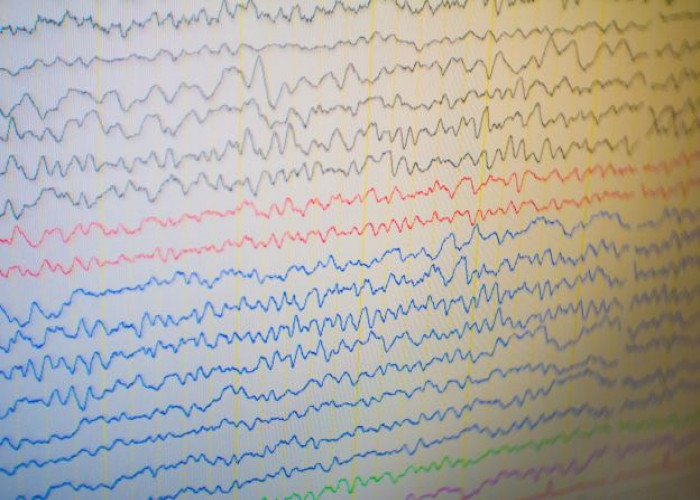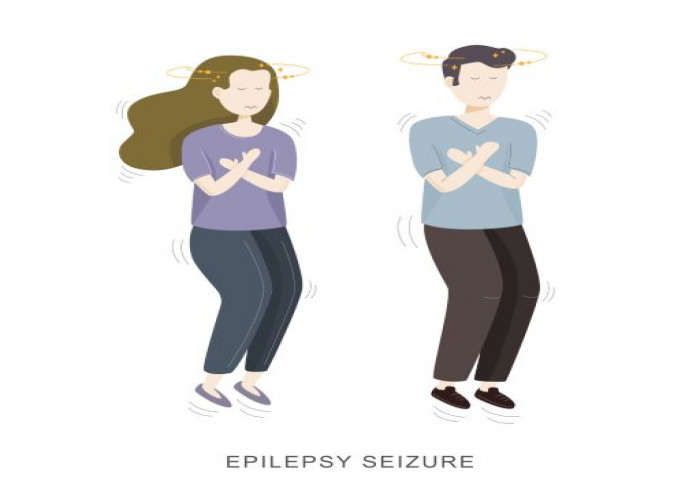 Welcome
Welcome
“May all be happy, may all be healed, may all be at peace and may no one ever suffer."
Absence seizure
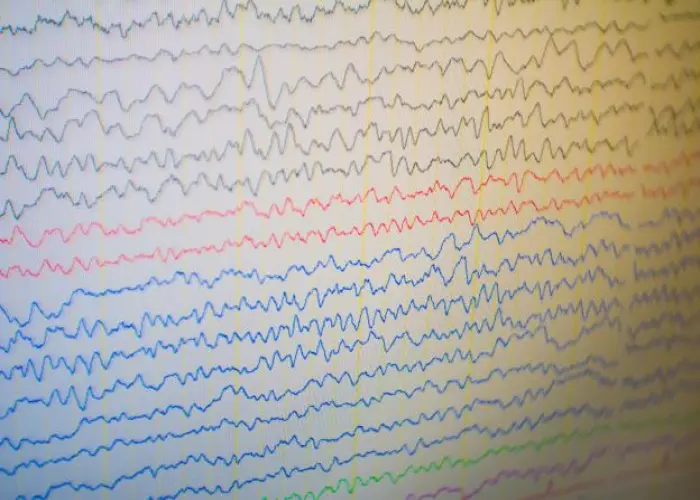
An absence seizure, also known as a petit mal seizure, is a type of seizure that typically occurs in children and is characterized by a brief loss of consciousness and muscle tone. During an absence seizure, a person may appear to stare off into space, have a blank expression, or have rapid eye blinking. The seizure usually lasts less than 15 seconds, and the person often returns to normal activity immediately after the seizure ends.
Absence seizures are caused by abnormal electrical activity in the brain and are typically treated with medication. The most commonly used medication for absence seizures is ethosuximide, but other antiepileptic drugs may be used as well.
It is important to seek medical attention if you or someone you know is experiencing seizures, as they can be a sign of an underlying medical condition. A doctor can perform tests to determine the cause of the seizures and develop a treatment plan to manage the condition.
In addition to medication, other treatments for absence seizures may include changes in diet (such as a ketogenic diet), neurostimulation therapy, and surgery in severe cases. Treatment plans will vary depending on the individual and the underlying cause of the seizures.
Research Papers
Disease Signs and Symptoms
- Feeling emotionally numb
- Lip smacking
- Eyelid flutters
- Chewing motions
- Finger rubbing
- Hands and feet are numb
Disease Causes
Absence seizure
Many children appear to have a genetic predisposition to absence seizures.
In general, seizures are caused by abnormal electrical impulses from nerve cells (neurons) in the brain. The brain's nerve cells normally send electrical and chemical signals across the synapses that connect them.
In people who have seizures, the brain's usual electrical activity is altered. During an absence seizure, these electrical signals repeat themselves over and over in a three-second pattern.
People who have seizures may also have altered levels of the chemical messengers that help the nerve cells communicate with one another (neurotransmitters).
Disease Prevents
Disease Treatments
Your doctor likely will start at the lowest dose of anti-seizure medication possible and increase the dosage as needed to control the seizures. Children may be able to taper off anti-seizure medications, under a doctor's supervision, after they've been seizure-free for two years.
Drugs prescribed for absence seizure include:
Ethosuximide (Zarontin). This is the drug most doctors start with for absence seizures. In most cases, seizures respond well to this drug. Possible side effects include nausea, vomiting, sleepiness, trouble sleeping, hyperactivity.
Valproic acid (Depakene). Girls who continue to need medication into adulthood should discuss potential risks of valproic acid with their doctors. Valproic acid has been associated with higher risk of birth defects in babies, and doctors advise women against using it during pregnancy or while trying to conceive.
Doctors may recommend the use of valproic acid in children who have both absence and grand mal (tonic-clonic) seizures.
Lamotrigine (Lamictal). Some studies show this drug to be less effective than ethosuximide or valproic acid, but it has fewer side effects. Side effects may include rash and nausea.
Disease Diagnoses
Disease Allopathic Generics
Disease Ayurvedic Generics
Disease Homeopathic Generics
Disease yoga
Absence seizure and Learn More about Diseases
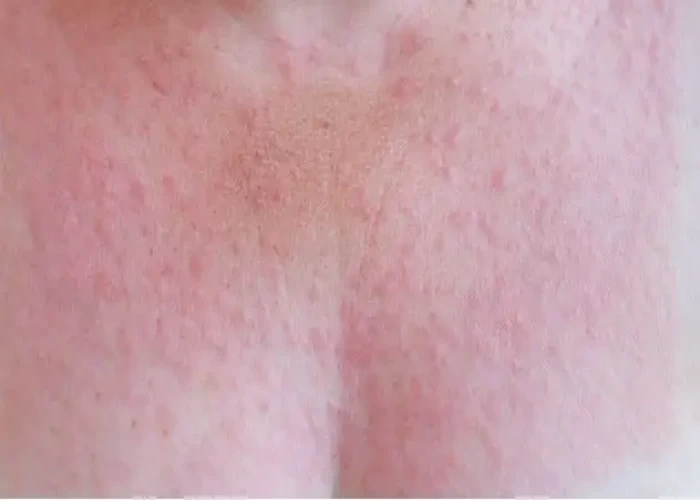
Sun allergy
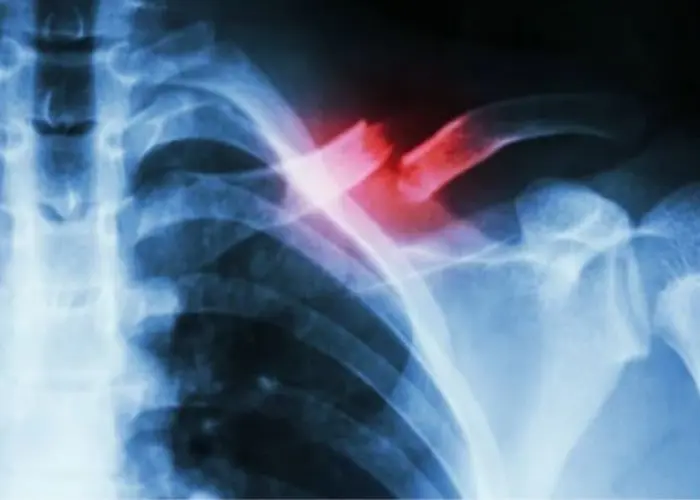
Broken collarbone

Male hypogonadism

Myocarditis
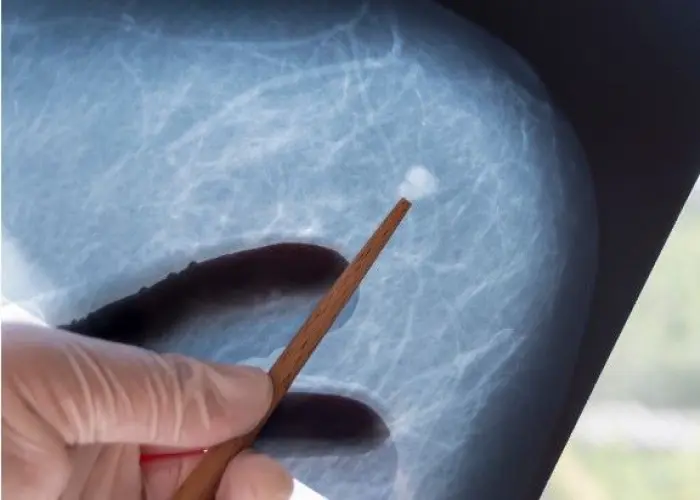
Fibrous dysplasia

Whipple's disease

Carcinoid syndrome

Ductal carcinoma in situ (DCIS)
Absence seizure, Petit mal seizure, অ্যাবসেন্স সেইজুর
To be happy, beautiful, healthy, wealthy, hale and long-lived stay with DM3S.
